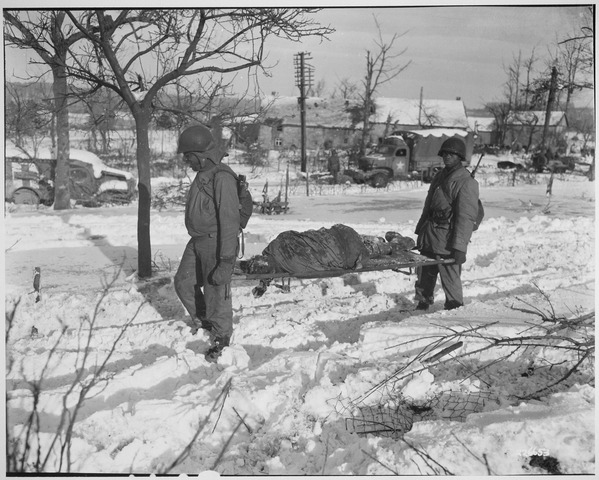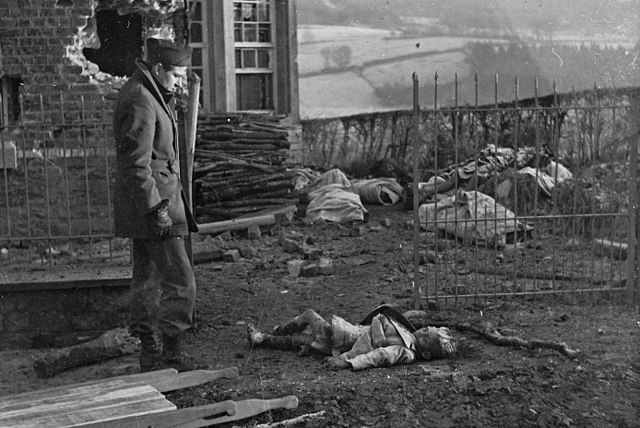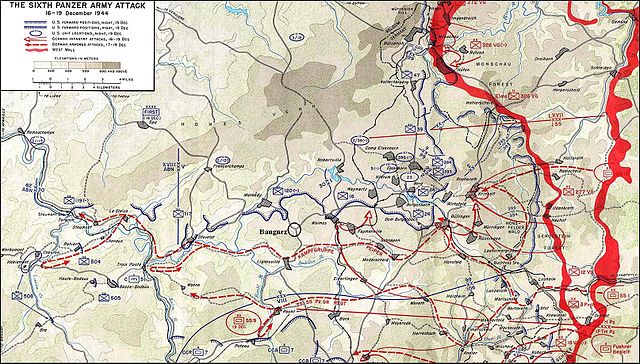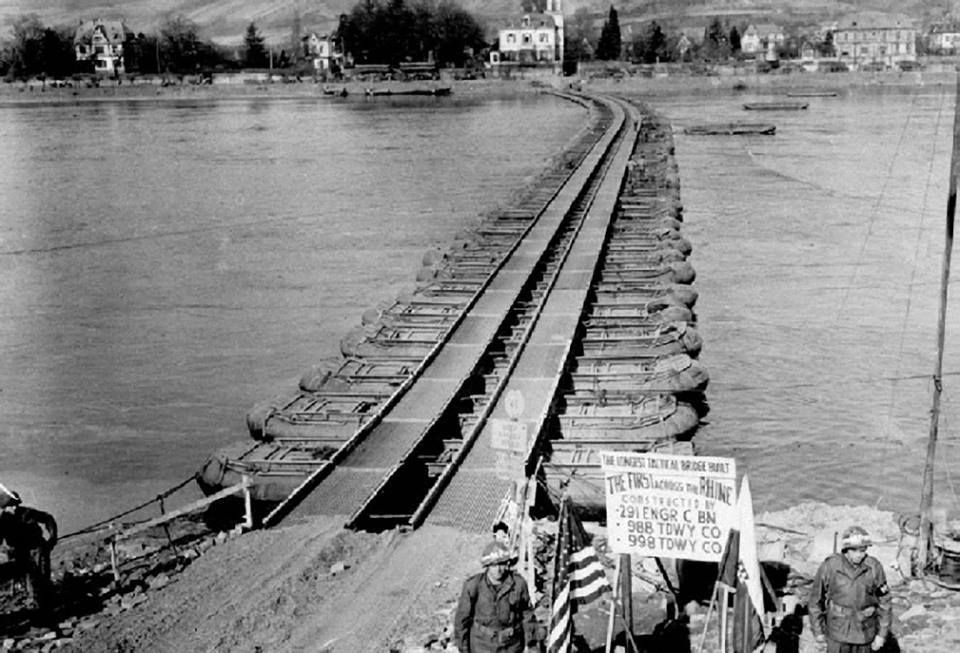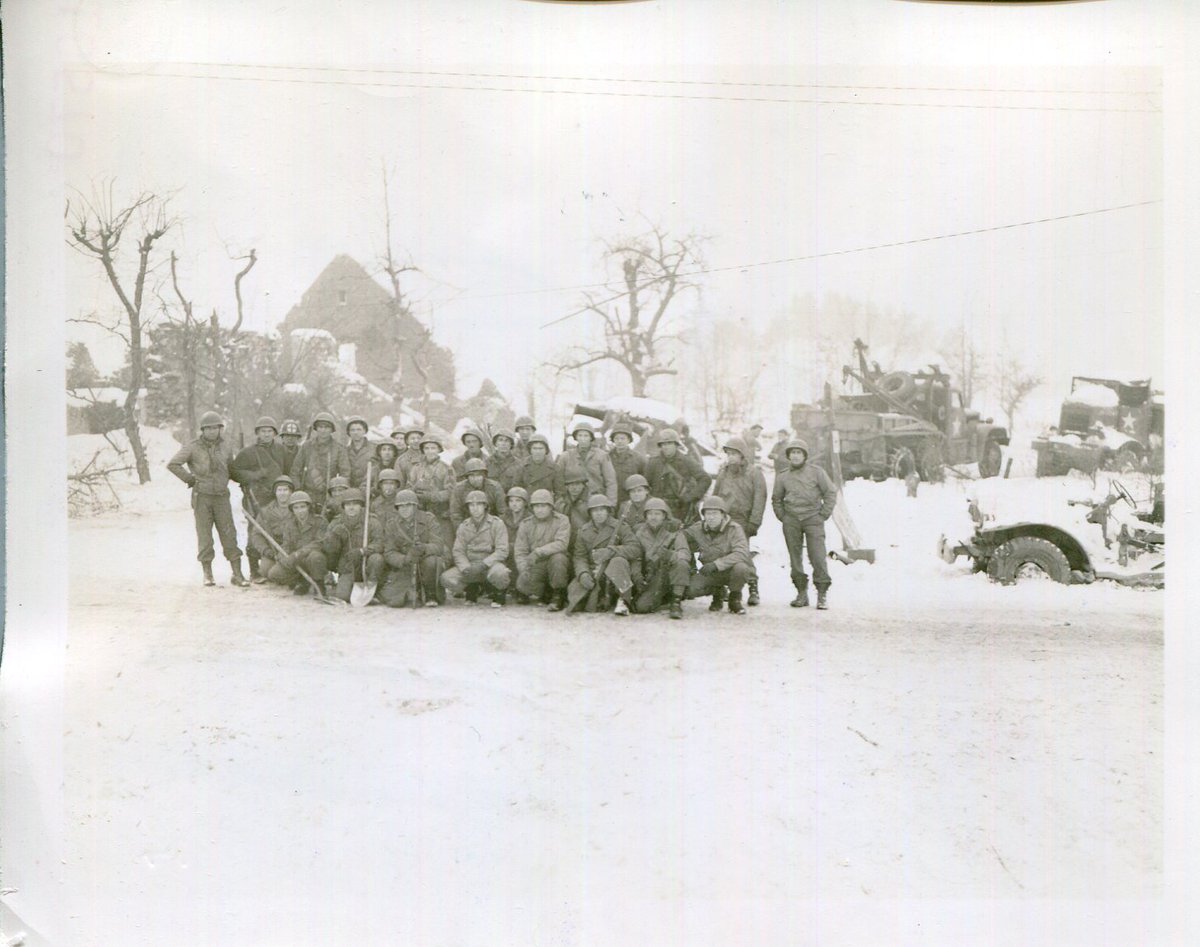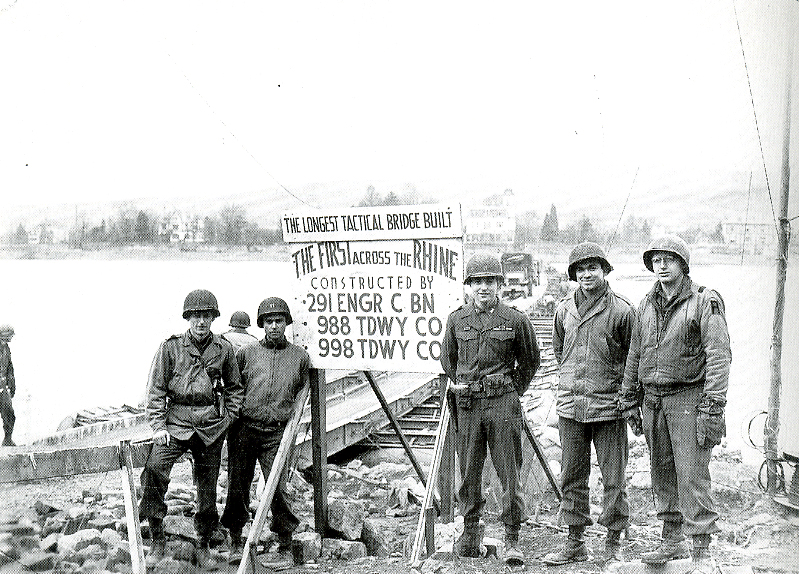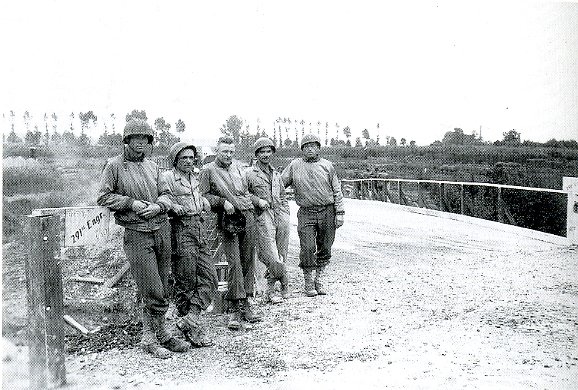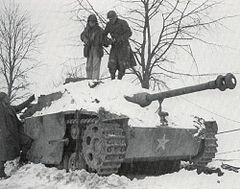For those just tuning in, @18airbornecorps posted a thread this morning on “Those Damned Engineers” and challenged me to a friendly competition. I was to make a complementary thread on those engineers in question and whichever thread is more popular wins. So don’t let me down!
I normally try to keep my threads relatively light in context and make them entertaining so the information is accessible to everyone, not just those interested in history or tanks or whatever. But someone ( https://abs.twimg.com/emoji/v2/... draggable="false" alt="🙄" title="Face with rolling eyes" aria-label="Emoji: Face with rolling eyes">
https://abs.twimg.com/emoji/v2/... draggable="false" alt="🙄" title="Face with rolling eyes" aria-label="Emoji: Face with rolling eyes"> https://abs.twimg.com/emoji/v2/... draggable="false" alt="👉" title="Right pointing backhand index" aria-label="Emoji: Right pointing backhand index"> @102ndblackhawk6) volunteered me for extra work so… here we are.
https://abs.twimg.com/emoji/v2/... draggable="false" alt="👉" title="Right pointing backhand index" aria-label="Emoji: Right pointing backhand index"> @102ndblackhawk6) volunteered me for extra work so… here we are.
A thread on engineers  https://abs.twimg.com/emoji/v2/... draggable="false" alt="💥" title="Collision symbol" aria-label="Emoji: Collision symbol">
https://abs.twimg.com/emoji/v2/... draggable="false" alt="💥" title="Collision symbol" aria-label="Emoji: Collision symbol">
Not just any engineers, mind you. THE MOST DECORATED ENGINEERS of WWII – the 291st Engineer Combat Battalion. And these guys were nothing short of impressive! But let’s take a step back first to get some context. https://armyhistory.org/the-291st-engineer-combat-battalion/">https://armyhistory.org/the-291st...
At the time, there were a lot of Allied forces in the rear that were sort of scattered about in groups that ranged from squad to company sizes, and many were engineers. They were doing road work and… I don’t know exactly https://abs.twimg.com/emoji/v2/... draggable="false" alt="🤔" title="Thinking face" aria-label="Emoji: Thinking face"> Whatever engineers do when they’re not blowing stuff up.
https://abs.twimg.com/emoji/v2/... draggable="false" alt="🤔" title="Thinking face" aria-label="Emoji: Thinking face"> Whatever engineers do when they’re not blowing stuff up.
As the American front in the Ardennes faltered, guys were redeployed as quickly as possible to meet the advancing Germans. While those forces were moving around, these rear guys were essential to slowing the Germans down and allowing enough time to get guys where we needed them.
Those engineers that were hanging out in the back were suddenly tasked with mining bridges and manning roadblocks, filling infantry roles, and preparing defensive positions in an effort to slow down or stop German tanks. And none of them were like
The 291st Engineer Combat Battalion was among them and in no small way, the 291st, under David Pergrin, played a critical role in slowing the Germans down and giving the Allies what they needed to succeed.
Pergrin studied engineering at Penn State, where he played a bit of football. For all my Penn State fans – Go, Nittany Lions! ( https://delco.today/2019/10/former-delco-man-helped-create-nittany-lion-shrine-and-led-wwii-engineers-to-allied-victories/)">https://delco.today/2019/10/f...
Pergrin became a 2LT in April 1941 and initially helped train engineers until he was transferred to the 291st, which were still kind of new at the time. That was April 1943. His first responsibilities were to train them.
By August 1943, Pergrin was in command. That is some crazy career progression but there was a war on.
Can you imagine it though? Being commissioned as a 2LT, tasked with TRAINING engineers before you even have experience yourself, and then 2 years later you’re taking command of a Battalion. It was a different time.
So Pergrin leads the 291st through the rest of their training then takes his guys to England… to train some more.
Historians have noted that Pergrin’s training put a strong emphasis on individual leadership and this is one of the main reasons the 291st were as successful as they were. ( https://www.amazon.com/First-Across-Rhine-Engineer-Battalion-ebook/dp/B002KKCZ3I)">https://www.amazon.com/First-Acr...
Now, back to the story. So, badass Nazi SS Lt.Col. Joachim Peiper  https://abs.twimg.com/emoji/v2/... draggable="false" alt="🙄" title="Face with rolling eyes" aria-label="Emoji: Face with rolling eyes">was rushing toward Meuse with one of the German armored columns and the route he was on took him near Malmedy. Yes, that Malmedy.
https://abs.twimg.com/emoji/v2/... draggable="false" alt="🙄" title="Face with rolling eyes" aria-label="Emoji: Face with rolling eyes">was rushing toward Meuse with one of the German armored columns and the route he was on took him near Malmedy. Yes, that Malmedy.
Peiper’s route would also take his Kampfgruppe (a fancy German word for a sort of combined arms formation) by Trois Ponts, which is where the 1111th Engineer Combat Group was headquartered. The 291st belonged to them and had many detachments operating in that area.
On 17 Dec, the 1111th Group Commander sent LTC Pergrin to organize a defense at Malmedy against the German breakthrough. At that time, Pergrin was 27 – yes, a 27-year-old LTC. All you Captains can just ponder that for a minute.
A lot of American forces had been redeployed, and as those guys were heading to the rear to get ready, Pergrin and his guys held their positions. Surrounded by panic and confusion, the 291st set up roadblocks and defensive positions.
On 17 Dec, while manning a roadblock near the town of Malmedy, the 291st heard small arms fire near the crossroads south-southeast of them. Not long after, 4 American soldiers approached the roadblock bringing the news of what would later be called the Malmedy Massacre.
Peiper and his Kampfgruppe had captured a bunch of Americans, mostly from 285th Field Artillery Observation Battalion but there were some others in the mix. The captured soldiers were ordered to stand in a nearby meadow and Kampfgruppe Peiper fired on them.
At least 84 American soldiers were killed. Some reports say 86. I didn’t have a chance, on such short notice, to get an exact number but it was over 80 for sure.
For those unfamiliar, you’re not supposed to kill enemy soldiers if you can capture them. ( https://academic.oup.com/ejil/article/24/3/819/481622)">https://academic.oup.com/ejil/arti...
Malmedy was not the only war crime on Peiper’s rap sheet. From 17-20 Dec, Peiper’s Kampfgruppe murdered American prisoners and civilians in Honsfeld, Buellingen, Ligneuville, Stavelot, Cheneux, La Gleize, and Stoumont.
Kampfgruppe Peiper would be charged with the murder of some 362 POWs and 111 civilians.
Peiper moved on from Malmedy without attacking the town and headed toward Stavelot. This is where some of the 291st were sent.
With a bazooka and some land mines, this detachment of the 291st at Stavelot managed to delay Kampfgruppe Peiper by a few hours.
An armored infantry company eventually showed up to reinforce the roadblock, but Kampfgruppe Peiper was too much for them. Pushing through, the Germans headed onward to Trois Ponts.
Another group of engineers (Company C) from the 51st Engineer Combat Battalion (also with the 1111th) had set up positions at Trois Ponts. They were to prepare bridges for demolition. Engineers like that stuff.
The 51st guys had an antitank gun and some armored infantry for reinforcements. They set up defenses while the guys from the 291st got ready to blow up a bridge in the southern part of the town.
Just as Kampfgruppe Peiper approached the main bridge leading into town, the engineers blew it up lol
Infantry could manage to cross the shallow river into Trois Ponts but it was too much for the German tanks.
A detachment from Kapmgruppe Peiper was sent down river to look for another way across. The others remained.
The engineers blew up several more bridges, stopping Kampfgruppe Peiper’s advance each time. This seemed a lot like playing tic-tac-toe where, instead of trying to win, your opponent just keeps putting an X next to the O you just marked.
Peiper was LIVID  https://abs.twimg.com/emoji/v2/... draggable="false" alt="🤣" title="Rolling on the floor laughing" aria-label="Emoji: Rolling on the floor laughing">
https://abs.twimg.com/emoji/v2/... draggable="false" alt="🤣" title="Rolling on the floor laughing" aria-label="Emoji: Rolling on the floor laughing">
It’s said that as his tanks approached yet another bridge that was blown up just as it came in sight, he shouted “Diese verdammten Pionere!” (Those damned engineers)
It’s said that as his tanks approached yet another bridge that was blown up just as it came in sight, he shouted “Diese verdammten Pionere!” (Those damned engineers)
Now, Peiper’s guys did something kind of stupid. Apparently his company commanders wanted to hang out up front with him. So the units in the rear didn’t have their commanders readily available for guidance.
On 19 Dec, Kampfgruppe Peiper attacked Stoumont and although they took the town, the guys in the rear were cut off from leadership and the American forces were able to knock out their access to the only supply road at Stavelot.
Without all those rear units and cutoff from resupply of fuel and ammo, Kampfgruppe Peiper was stuck. By 24 Dec, Kampfgruppe Peiper had to abandon whatever vehicles they had and retreat, leaving behind American POWs, and even his own wounded men.
Kampfgruppe Peiper retreated behind German lines with a little over 700 men; they had started with 3000. Those damned engineers, indeed.
While the 291st weren’t the only engineers in the area, fighting the good fight and slowing the German advance, they were ultimately the most decorated from the war.
( https://abs.twimg.com/emoji/v2/... draggable="false" alt="😂" title="Face with tears of joy" aria-label="Emoji: Face with tears of joy">maybe not this much, but still)
https://abs.twimg.com/emoji/v2/... draggable="false" alt="😂" title="Face with tears of joy" aria-label="Emoji: Face with tears of joy">maybe not this much, but still)
(
COL Pergrin’s men often operated under enemy fire, in small groups planting land mines and blowing up bridges, defending roadblocks, playing infantry and facing off against tanks.
One of their most incredible feats was building a pontoon bridge, under enemy fire, in 32 hours, which became the longest (315m) tactical bridge built under fire.
During the process they were hit by artillery and tank rounds, including direct hits that slowed their construction down. But Pergrin’s leadership and training made the men of the 291st exceptionally effective.
By the end of the war, the 291st had built more than 70 bridges, 19 of them had been constructed under fire. They also cleared land mines and explosives, blew up other bridges to slow the Germans and were critical in stopping Kampfgruppe Peiper during the Battle of the Bulge.
~fin~

 Read on Twitter
Read on Twitter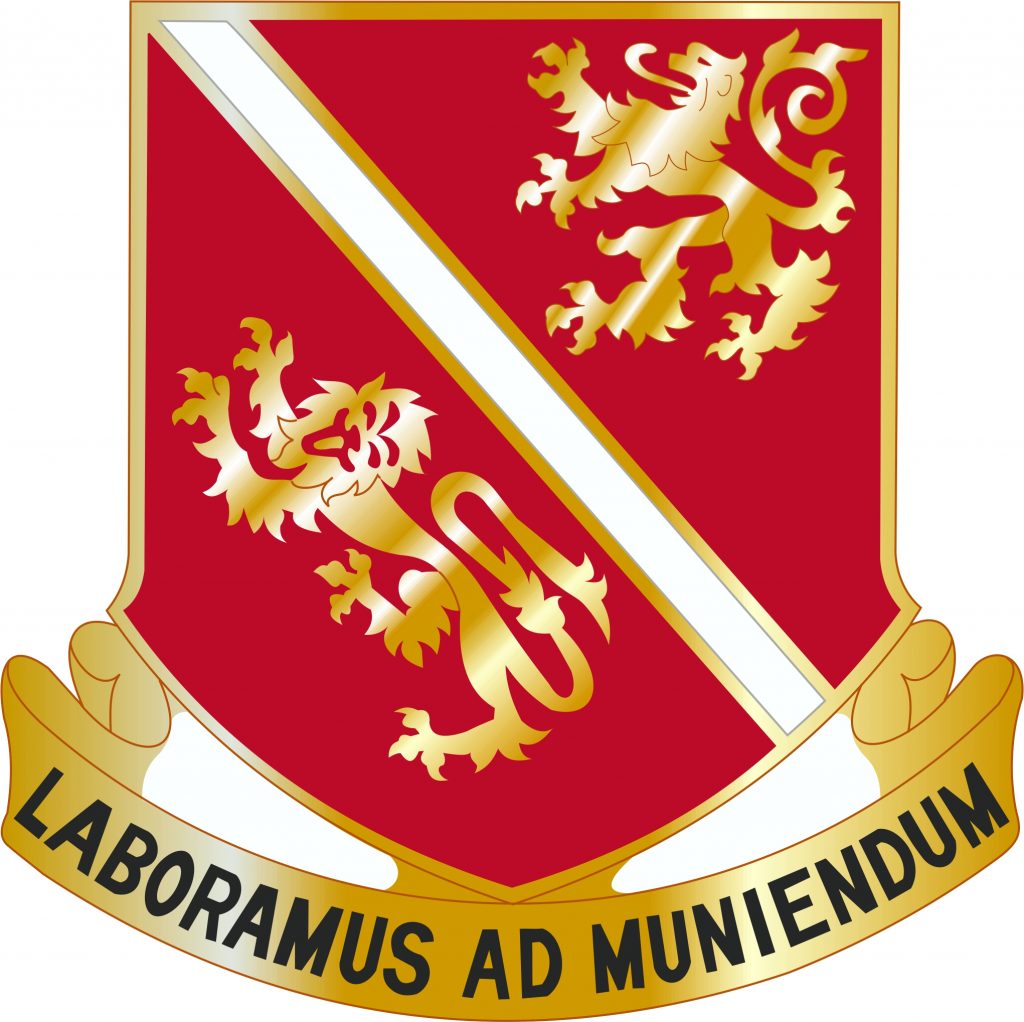
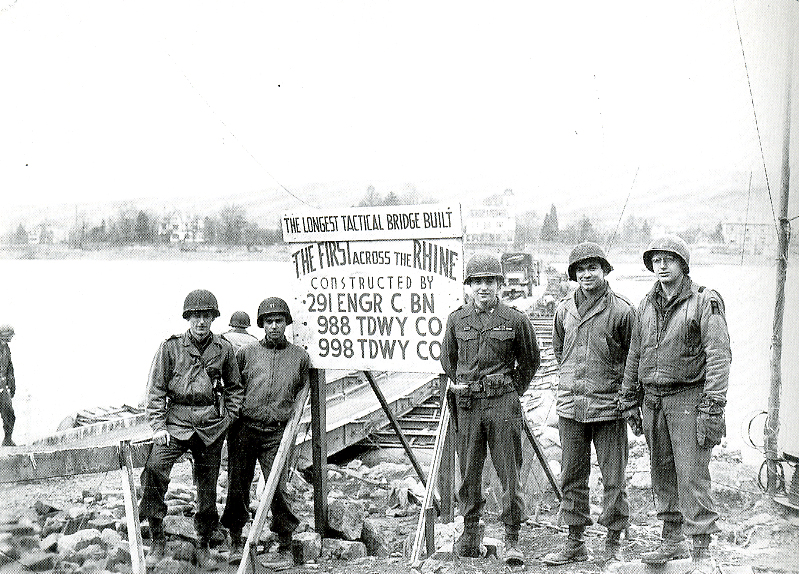


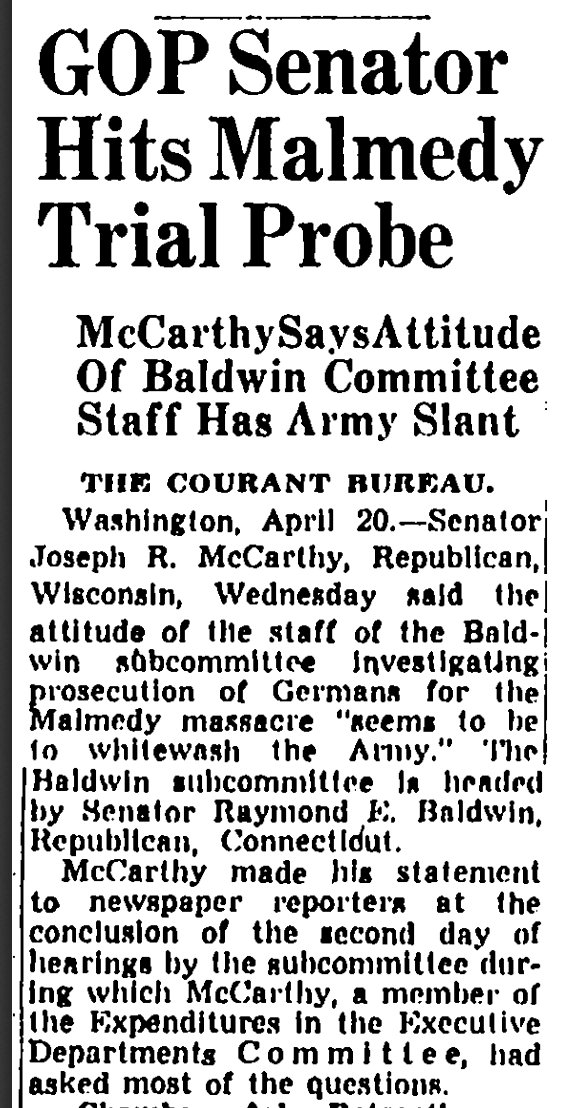 was rushing toward Meuse with one of the German armored columns and the route he was on took him near Malmedy. Yes, that Malmedy." title="Now, back to the story. So, badass Nazi SS Lt.Col. Joachim Peiper https://abs.twimg.com/emoji/v2/... draggable="false" alt="🙄" title="Face with rolling eyes" aria-label="Emoji: Face with rolling eyes">was rushing toward Meuse with one of the German armored columns and the route he was on took him near Malmedy. Yes, that Malmedy.">
was rushing toward Meuse with one of the German armored columns and the route he was on took him near Malmedy. Yes, that Malmedy." title="Now, back to the story. So, badass Nazi SS Lt.Col. Joachim Peiper https://abs.twimg.com/emoji/v2/... draggable="false" alt="🙄" title="Face with rolling eyes" aria-label="Emoji: Face with rolling eyes">was rushing toward Meuse with one of the German armored columns and the route he was on took him near Malmedy. Yes, that Malmedy.">
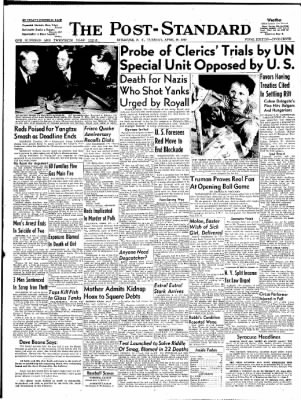 was rushing toward Meuse with one of the German armored columns and the route he was on took him near Malmedy. Yes, that Malmedy." title="Now, back to the story. So, badass Nazi SS Lt.Col. Joachim Peiper https://abs.twimg.com/emoji/v2/... draggable="false" alt="🙄" title="Face with rolling eyes" aria-label="Emoji: Face with rolling eyes">was rushing toward Meuse with one of the German armored columns and the route he was on took him near Malmedy. Yes, that Malmedy.">
was rushing toward Meuse with one of the German armored columns and the route he was on took him near Malmedy. Yes, that Malmedy." title="Now, back to the story. So, badass Nazi SS Lt.Col. Joachim Peiper https://abs.twimg.com/emoji/v2/... draggable="false" alt="🙄" title="Face with rolling eyes" aria-label="Emoji: Face with rolling eyes">was rushing toward Meuse with one of the German armored columns and the route he was on took him near Malmedy. Yes, that Malmedy.">
